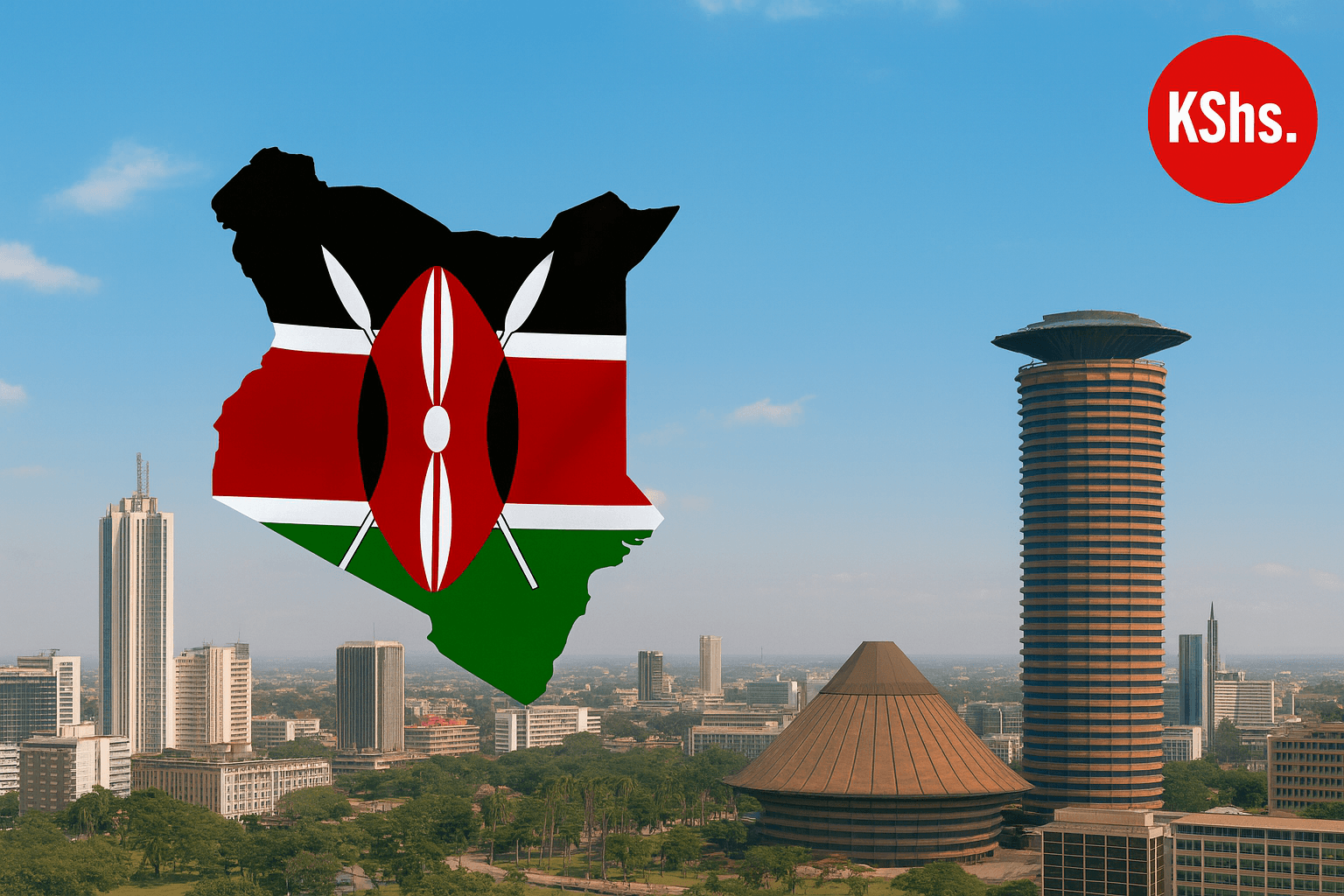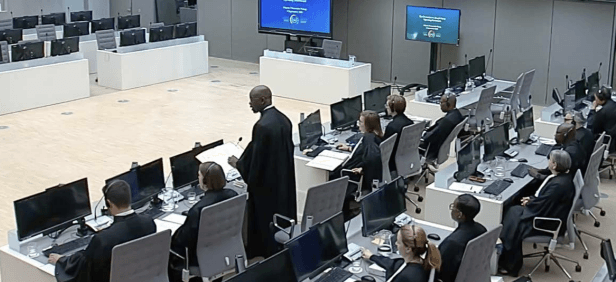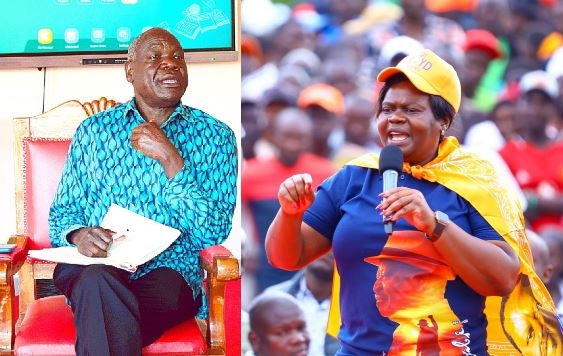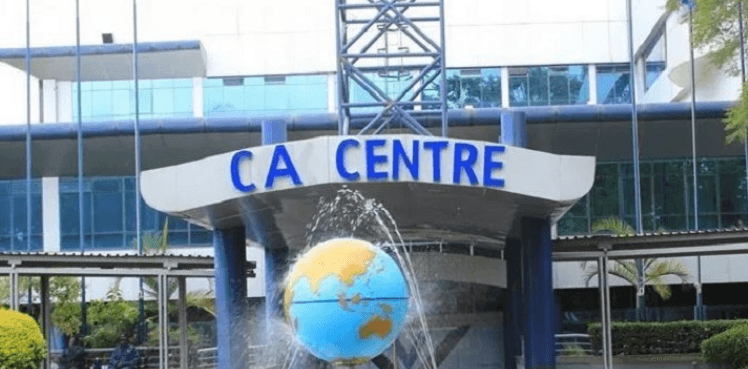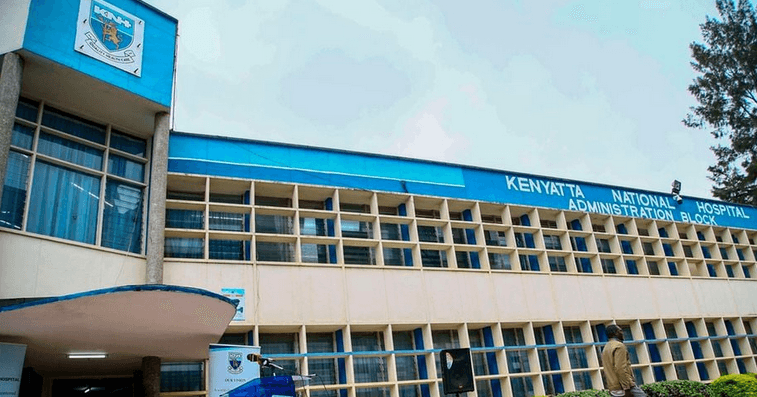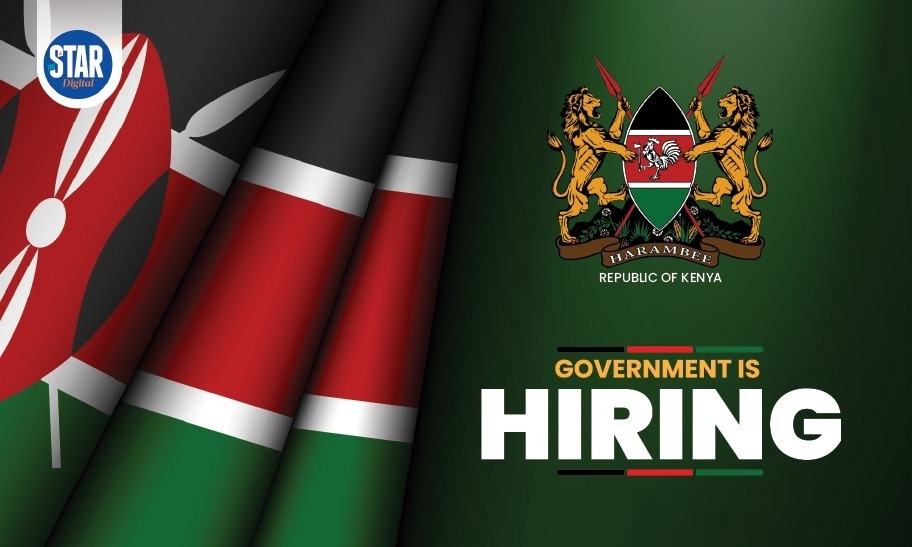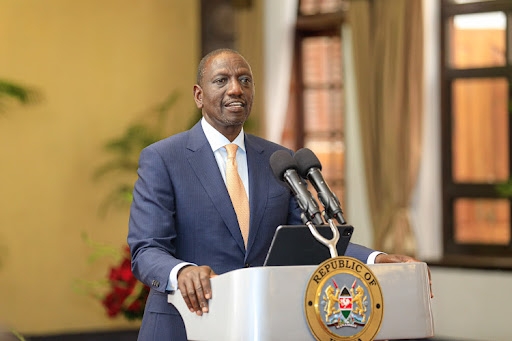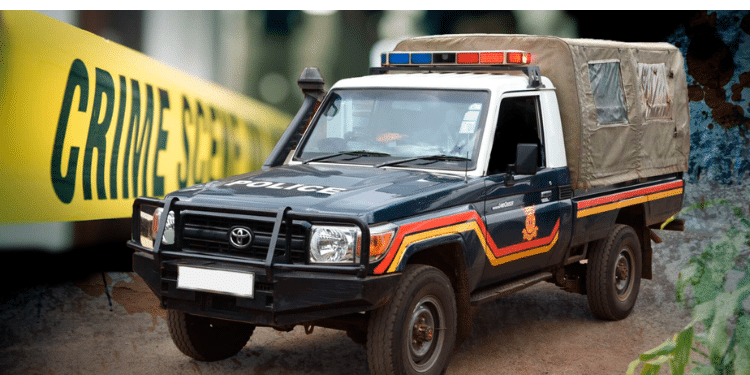Kenya Railways is seeking to increase the number of passengers it ferries from the current 5.71 million to 8.8 million by 2027.
Under the newly launched strategic plan 2022-27, the corporation also seeks to increase net tonne kilometres from 3.38 billion in 2022 to 5.20 billion.
Net tonne-kilometres is the tonnage moved per kilometre, excluding the weight of the rolling stock and equipment.
The corporation says it seeks to increase meter gauge rail locomotive availability from 70 percent to 92 per cent while maintaining Standard Gauge Railway locomotive availability at 95 per cent during the plan period.
“This will be achieved through acquisition, overhauling and rehabilitation of MGR locomotives and acquisition and overhauling of SGR locomotives," part of the strategy says.
It adds: "The availability of wagons for both MGR and SGR will be maintained at above 85 per cent and 95 per cent respectively, in order to increase capacity for freight haulage by acquiring and overhauling SGR and MGR wagons.”
An additional wagon ferry (MV Uhuru II) will be made operational to enhance Kenya Railways footprint in inland marine transport in Lake Victoria.
Kenya Railways says it also seeks to increase the rail market share of port throughput from 26 per cent in 2022 to 42 per cent by 2027, as well as increase returns from landed assets from Sh 1.47 billion in 2022 to Sh 2.5 billion by 2027.
In order to increase returns from landed assets, Kenya Railways will optimally utilise its landed assets by commercialising its properties through the implementation of an investment plan for the assets.
“The completion of the survey, registration and titling of all KR land will be prioritised and redevelopment of its existing estates undertaken. All property will be re-valued and rent reviewed to market rates in the plan period to attain value for money.”
It seeks to move from an operating loss of Sh 2.4 billion in financial year 2022-23 to an operating profit of Sh 9.09 billion in 2027-28 and incur operation losses of Sh 2.4 billion in the financial year 2022-23.
The corporation says even though operations were affected by measures for containment of the spread of Covid-19 in 2020, the number of passengers increased from 3,077,232 in 2017-18 to 4,010,721 in 2019-20 and 5,765,743 in 2022-23.
“During the period, there was significant growth in internally generated revenue, which rose from Kshs. 5.7 billion in 2017/18, 14.5 billion in 2019/20, and 21.7 billion in 2022/2023, majorly attributed to SGR operations.”
Kenya Railways cites the development of rail infrastructure as one of its achievements.
It cites SGR phase 2A from Nairobi-Naivasha (120 km) that was constructed and made operational, while feasibility studies for the construction of phase 2B (262 km) from Naivasha – Kisumu and Phase 2C from Kisumu-Malaba (107km) were finalised.
The Nairobi Inland Container Depot (ICD) was modernised and expanded to a capacity of 405,000 TEUs, including the construction of access roads linking the ICD to Eastern and Southern bypasses and the installation of freight handling equipment.
Kenya Railways says an additional ICD was also established in Naivasha with a capacity of 4,500 TEUs.
An MGR link of 23.7km was constructed between the SGR at ICD Naivasha and the MGR mainline at Longonot to facilitate seamless transshipment of freight destined for western Kenya and the Great Lakes region.
The MGR network and associated infrastructure were revamped to improve its operational efficiency, reliability, and safety.
This was achieved through rehabilitating sections of the mainline (Mombasa–Konza, Nairobi-Konza Longonot-Malaba, and Nairobi-Kikuyu).
Branch lines rehabilitated include Thika–Nanyuki (177km), Nakuru–Kisumu (217km), Kisumu–Butere (69km), Gilgil–Nyahururu (78km) and Leseru–Kitale (65km) and the Nairobi Commuter Rail network of 165 km.


